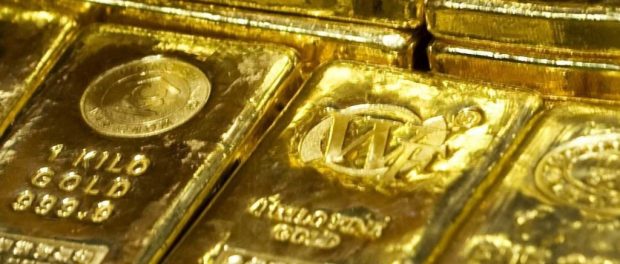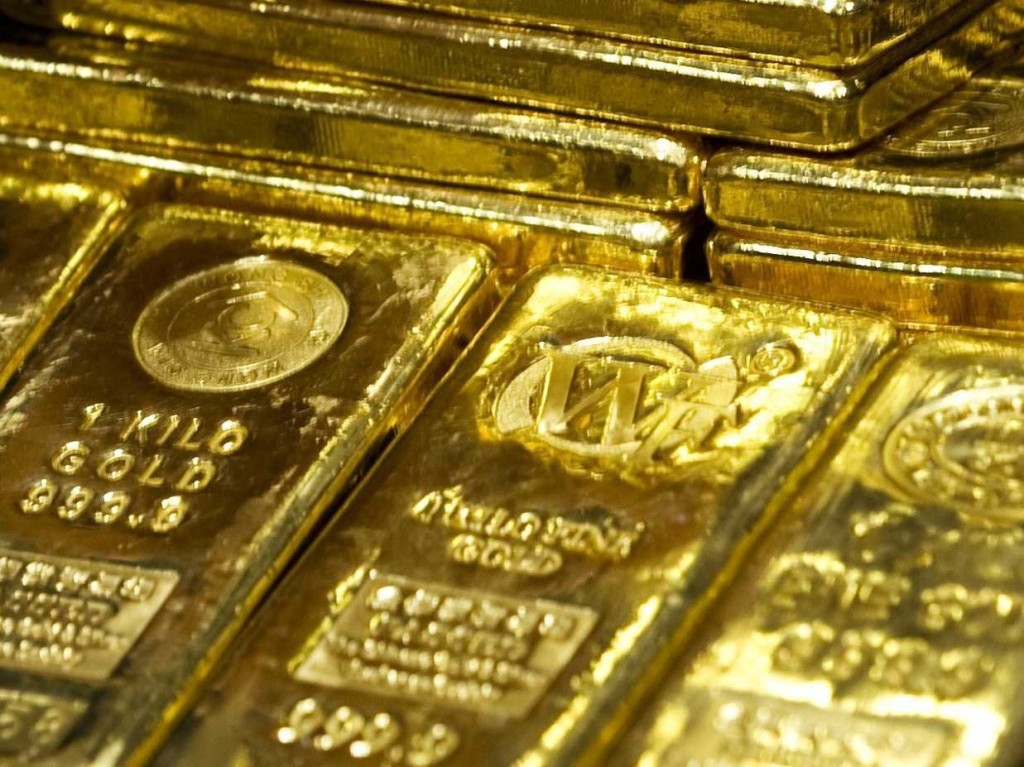What Percentage of Your Investments and Retirement Dollars Should You Invest into Gold and Precious Metals?

Mankind has always been fascinated with gold and silver, since history began. This has not changed even in the post-modern- era when paper money rules the roost for the moment. Even in today’s foolhardy tangible assets-skeptical environment, precious metals still successfully fight for their rightful place in a smart investor’s portfolio. In fact, there are at least three good reasons why despite the best efforts of paper-pushing Wall Street titans to eliminate the role and utility of precious metals as investments, their appeal for protecting both investments and retirement funds is not only still surviving, but honestly is actually thriving today.
The Legitimate Reasons to Invest in or Put Retirement Funds Into Gold
Three main reasons argue for the increasing interest in hoarding primarily gold, but also silver and platinum these days:
1.Concerns Regarding the Financial System’s Stability and Sustainability
Gold is generally sought out as an incorruptible store of value when money itself and the banks that play fire with it are deemed to be unstable at worst or at the very least questionable at best.
2. Inflation or Perceived but “Unofficial” Inflation
Real return rates from various markets including real estate, bond, and equity turn negative when actual inflation or perceived inflation grows to be higher than their returns literally provide. In these cases, investors and individuals alike routinely run to gold as the one asset that can be counted on to hold its value well.
3. Political Crises and War
Throughout all history, upheavals politically or as a result of destabilizing wars have generally caused individuals and investors to hoard gold and other precious metals. The obvious appeal is clear; one’s whole life’s savings can be easily stored and portablized till the day it is required to be doled out in exchange for shelter, food, or safe passage to more stable destinations.
Two Types of Investments into Gold
To answer the question of how much of your investment dollars and retirement funds should be positioned into gold or other precious metals is not an easy one. In fact, the short answer is that it depends on many things. The individuals’ circumstances, total wealth, nearness to retirement, and other factors all play a part in the answer. Perhaps the greatest factor to consider is which of the two categories of funds are you talking about, core holding positions or investment positions.
Core Positions
Core positions in precious metals might best be defined as those which are kept like an insurance policy against a rainy day, worst possible case scenario. The old adage that says, “You should always have enough gold personally on hand in order to be able to bribe the border guards” is just as true today as it was when it was first stated centuries ago. In such a case as with these core positions, you as a gold owner are not concerned about growing or maintaining investment returns or creating a balanced portfolio with these particular holdings. Instead, you want to make sure that you tangibly and physically own a currency that will always boast both real value and international liquidity so that it can be transacted with even in harsh economic conditions, extreme political crises, or in a personal emergency in foreign lands.
Gold primarily (but also platinum and silver) has been chosen historically as this asset since its value is not the least bit derived from military or governmental groups for intrinsic worth. Precious metals are the ultimate in tangible and liquidity. Pocket them and walk tall, knowing that their time-tested value is universally recognized in every country in all times and situations. For this to work though, your core positions have to be maintained in personal and physical form in either easy to access storage or inviolate depositories, preferably in a traditionally “safe” country like Switzerland or Liechtenstein if not kept outright in the sanctity of your own home. If the core holdings are not both immediately accessible and inviolate, then they are not fulfilling their role as worst case disaster emergency core holdings at all. When the Parliament building in Ottawa is on fire and the bombs are going off around Toronto is not the time to start calling around trying to track down the administrator or custodian of your personal but absentee-held rainy day scenario gold holdings.

Deciding how much of the yellow metal you need in a core holding comes down to a few simple questions.
- How many different individuals does your gold need to provide for in an apocalyptic scenario?
- What level of purchasing power are you seeking per person in such a worst case scenario and for how many years or months do you hope to cover expenses with this holding?
- Are you allowing enough for a reserve gold holding in order to be capable of reinvesting in whatever new financial markets arise or to begin a new business to make additional income after the proverbial dust settles?
- Will you hide some of your personal holdings in a different country and even continent besides your local holdings?
- How much of your assets in total will you hold in core holdings as protection for everyone you will provide for in the event of a world-altering scenario actually occurring?
- Will you put any of these rainy-day resources into holdings other than gold and precious metals, like in foreign currencies, food, and non-perishable supplies?
- How much is available to you in total, as well as what liquid assets do you presently have available to tie up in your core holdings?
Since every single individual will answer these questions differently, the sizes of core positions will vary dramatically from one person to the next. In the end, your decision on how much your core position will be comes down to your own personally held social and political beliefs and strategy for the future rather than on economically motivated concerns. It goes without saying that a core holding is intended to be a very long term holding, unless of course you change your outlook for the end of the world scenarios against which you are attempting to protect yourself and your loved ones.
Investment Positions
It is entirely a horse of a different color how much gold you should consider holding as part of an investment holding or portfolio based on a both balanced and well-diversified set of investment positions. You should ideally shoot for a bullion position or gold stocks or funds that can boast at least fantastic management or governance. When gold investments are to be held on paper as securitized investments and not physical bullion, coins, or bars forms, you should have supreme confidence in the integrity and solubility of the depository or custodian holding them on your behalf.
There are many investors who prefer to invest their investment positions which they allocate to precious metals via some of the well-run gold or silver ETF exchange traded funds like a form of short term trading or as hedging purposes against other investments which they maintain. So long as you do this realizing that these gold positions are in truth more IOU’s that are valued in gold or silver than actual tangible holdings which you can go to collect on demand, then this is alright.
It is also important to recognize that the day to day prices of gold and especially silver values can be extremely volatile both short and long term. If this makes you uncomfortable, then you are better off investing in precious metals funds which are professionally managed more like a mutual fund, or via a professional money manager who grasps the intricacies of timing investments in precious metals and is willing to actively manage and to hedge outright gold and silver positions.
In Conclusion
It is no exaggeration to state that outright investments in the precious metals complex have done better than any other investment in most of the 2000’s so far. From the year 2000 to 2012 as an example, gold significantly outperformed the stock markets in all of the previous twelve years. While these runaway gold prices have somewhat levelled off and consolidated in the years since then, this does not change the fact that gold and silver investments as a percentage of a portfolio, perhaps as high as 10% of it in fact, always make sense for hedging purposes if for no other reasons. So long as you are prepared to ride out the bumps along the way, you can say with certainty that your wealth will be better off held in gold a century from now than it would be in U.S. dollars or any other currency for that matter, if the track record of the last hundred years is anything at all to go by.

Will Your Retirement Weather the Next Financial Crisis?
Gold has been used as an inflation hedge and a way to preserve wealth for millennia. We partnered with Silver Gold Bull, Canada's top-rated gold company (with over 280,000 five-star reviews), to offer Canadians a low-cost and tax-advantaged way to buy gold and silver through an RRSP/TFSA or another retirement plan.
Request More Info
Website: www.SilverGoldBull.ca
Speak to an Expert: (877) 707-4707
Copyright 2023 Gold RRSP - Helping Canadians invest in physical bullion for retirement

